Parallels 11 Benchmarks vs. Parallels 10 and Boot Camp
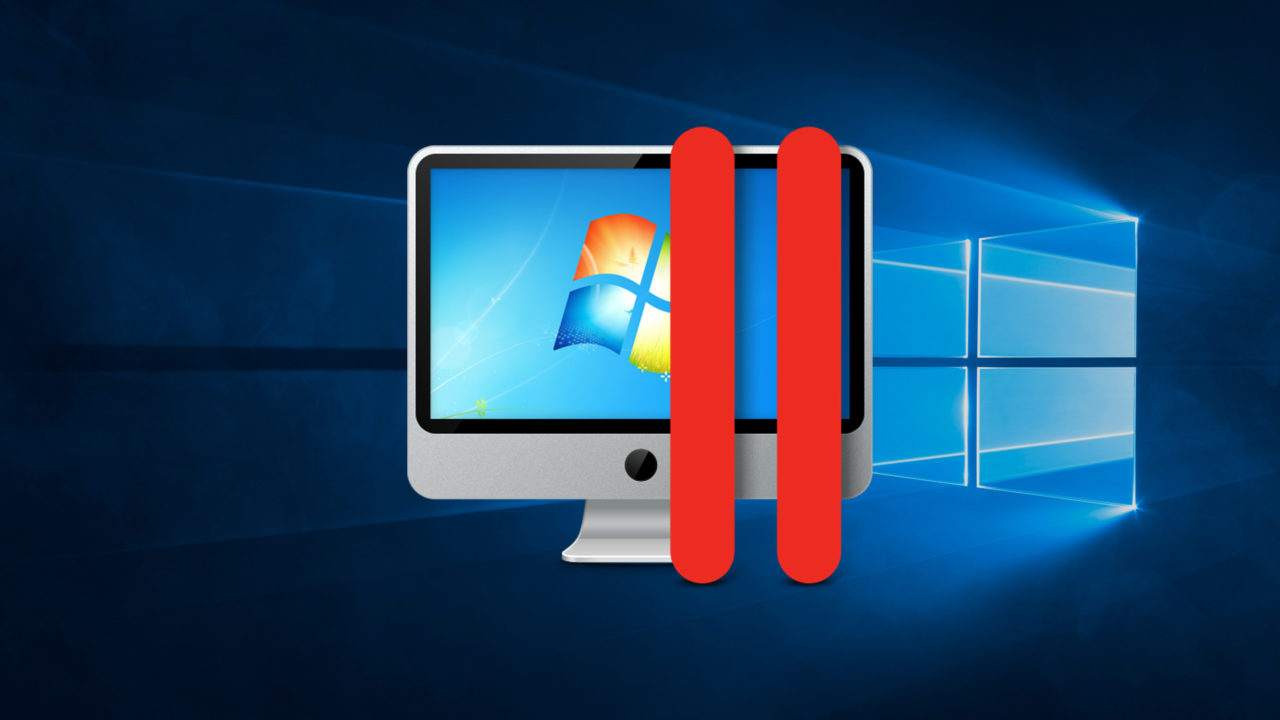
Hardware, Software, and Testing Methodology
Our tests this year were performed on a Mid-2014 15-inch MacBook Pro, sporting an Intel Core i7-4870HQ CPU at 2.5GHz, 16GB of RAM, a 2GB NVIDIA GeForce GT 750M GPU, and a 512GB PCIe flash storage drive. As mentioned, Parallels 11 advertises support for OS X El Capitan, but we were reluctant to perform tests on beta software, so our host operating system for the Parallels 10 and Parallels 11 VMs was OS X Yosemite 10.10.5. When El Capitan launches to the public later this year, we’ll conduct some additional tests to see if there’s a performance difference, and we’ll update this article if we find one.
While Parallels 11 supports a wide range of operating systems, most users will likely use the software to run Windows. Considering the relatively positive reception to Windows 10, not to mention Parallels 11’s advertised support for the new OS, we decided to base our tests on Microsoft’s latest and potentially greatest version of Windows, specifically Windows 10 Pro 64-bit.
We wanted to test Parallels 11’s performance not only as it compared to its direct predecessor, but also as it compared to native performance. We therefore configured a Windows 10 partition via Boot Camp, and ran all tests on each implementation of the operating system: Boot Camp, Parallels 10, and Parallels 11.
Regarding our choice to use the 64-bit version of Windows, it’s true that the 32-bit version can be easier to virtualize and therefore may offer slightly better performance in certain circumstances. Unfortunately, the latest version of Boot Camp requires the use of a 64-bit version of Windows, so we elected to use the 64-bit version in our virtual machines as well for the sake of consistency.
Each of our Windows 10 virtual machines was configured for maximum performance, with 8 assigned virtual CPUs, 12GB of RAM (the maximum recommended amount in order to ensure that enough is reserved for OS X), and 1GB of graphics memory configured for Parallels’ DirectX 10 support. While we touched on the new Parallels 11 features earlier, all features that could possibly impact performance were disabled, and the VM was configured for maximum performance in the Parallels settings.
All operating systems and testing software were updated to their most recent versions as of the date of this article. More information about each benchmark application or test can be found on its respective results page.
As is standard practice here at TekRevue, all tests, unless otherwise noted in the results, were performed three times for each Windows installation, and the results were averaged. Our normal procedure in the event of a discrepancy greater than 5 percent is to re-run the tests until the issue can be identified. That was not necessary for these tests, however, as all results from each iteration were within the acceptable range of deviation.
You can browse the results of each test in order by clicking the “Next” or “Previous” buttons, below, or you can jump directly to a specific test by selecting it from the Table of Contents. We had to pack a lot of information into the results charts on the following pages, and they may be difficult to read when viewed on small screens. If you have trouble reading the data, you can access a full size version of any chart by clicking or tapping on it.
Table of Contents
[one_half padding=”0 5px 20px 0″]
1. Introduction
2. Parallels 11 Feature Overview
3. Hardware, Software, and Testing Methodology
4. Geekbench
5. 3DMark (2013)
6. 3DMark06
7. Cinebench R15
[/one_half]
[one_half_last padding=”0 0px 20px 5px”]
8. PCMark 8
9. Passmark PerformanceTest 8.0
10. x264 Encoding
11. x265 Encoding
12. File Transfers
13. Virtual Machine Management
14. Conclusions
[/one_half_last]




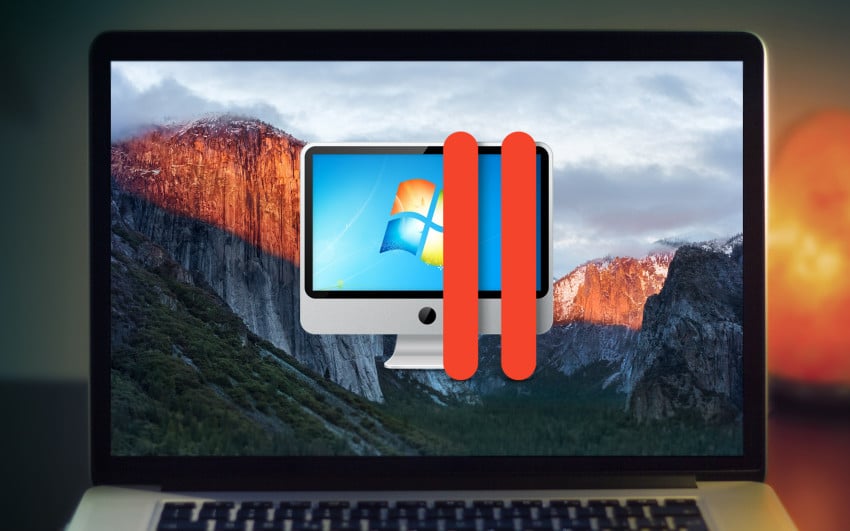
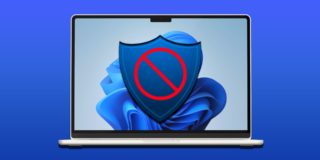

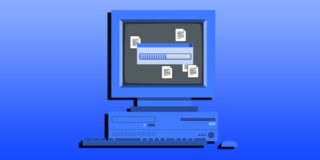
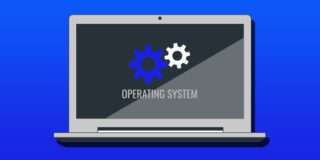



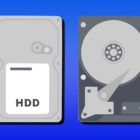
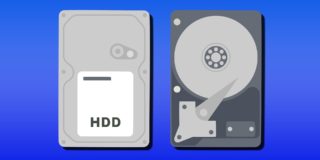




8 thoughts on “Parallels 11 Benchmarks vs. Parallels 10 and Boot Camp”
I have bought a Macbook Pro (i7, 16 GB, 500 GB) and have got a Parallels free. I want to use MS Visio and Project which only run on Windows. I wanted to check if there would be considerable difference in performance if i were to use in MS Visio and Project on Parallels, instead of using Boot Camp?
Also, i am planning to buy the Office 2016. Should i be buying the Mac Version or the Windows version (that has Access and a couple of other softwares at the same price ) and run it on Parallels?
Much appreciate your guidance.
Also from 7/8 to 11 Pro: https://buy.parallels.com/329/purl-pd11pro8u1ysub?x-source=ipn_pd8&x-campaign=pd11launch&utm_source=pd8&utm_medium=ipn&utm_campaign=pd11launch
Comments are closed.